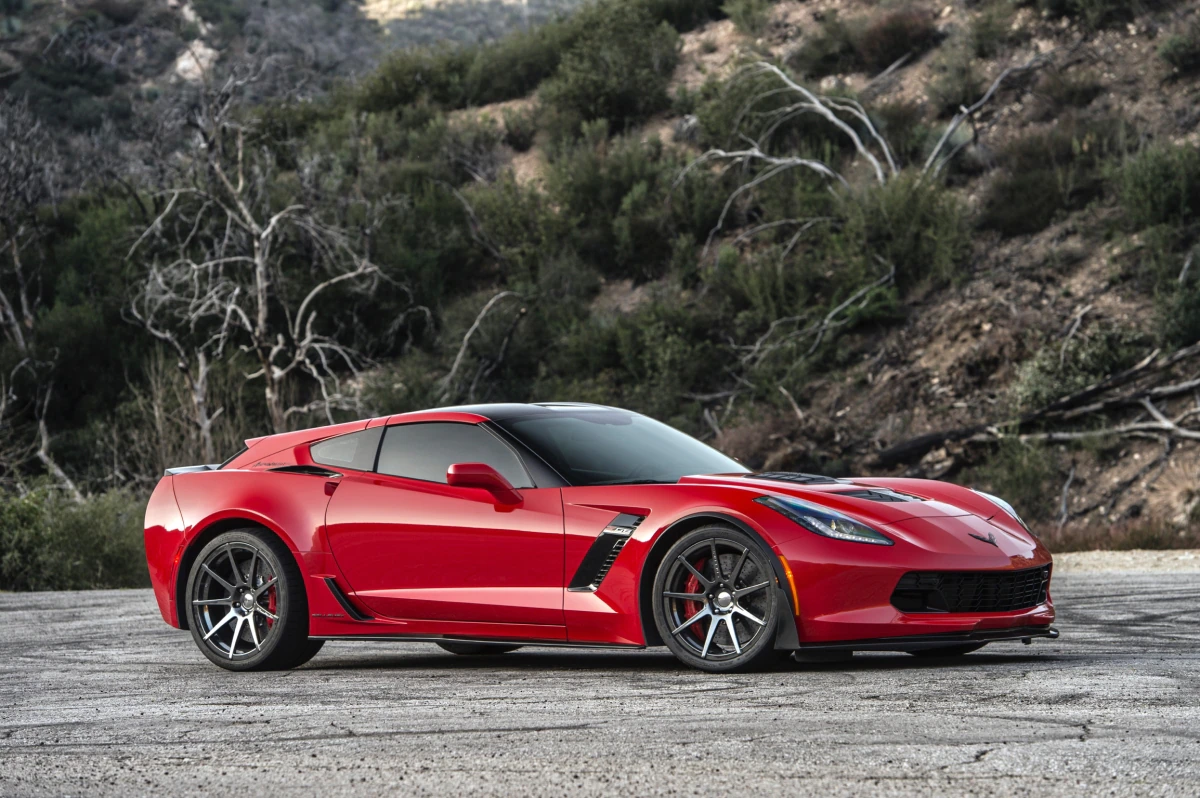Car fans both new and experienced know that the American car industry has produced more than a few amazing machines. Of course, many drivers will immediately think of the Mustang or Corvette. But the truth is that US manufacturers have produced many more pure sports cars. Some of them never achieved mainstream success and some did, and many more were controversial.
All of these cars featured powerful engines, streamlined bodies, and exciting performance. Some of these inspired their own kind of controversy as well. So today we’ll concentrate on controversial models that sparked discussion amongst the fans. These cars erupted on the scene and offered more questions than answers. Check out the American sports cars that divided the auto world right here.

Callaway Aerowagen
Rives Callaway established Callaway Cars in 1977, long after the muscle car craze wound down. At the time, high-horsepower performance machines were a thing of the past. He specialized in producing turbocharger kits for European cars. His knowledge, expertise and the start of the turbo era perfectly lined up. As a result, the company took off (via Callaway Cars). During the 1980s, Callaway became known for its series of fast, obscenely powerful Corvettes.

Today, almost 30 years later, Callaway is back with the Aerowagen conversion model. Based on a brand-new C7 Corvette available on all trim levels, the Aerowagen is a conversion kit directly from Callaway or authorized dealers. The kit includes a special rear hatch assembly that transforms the C7 Corvette into a fully functional shooting brake. Small companies produced several shooting brake/wagon conversions on various Corvette models. Still, Callaway’s design is the most advanced, well-designed, and tested. Overall, it improved the design by making it more practical.
